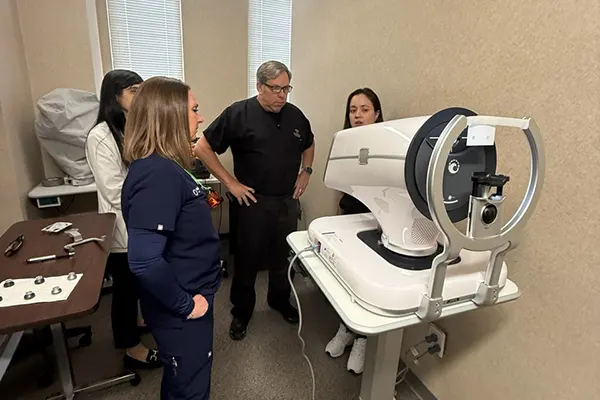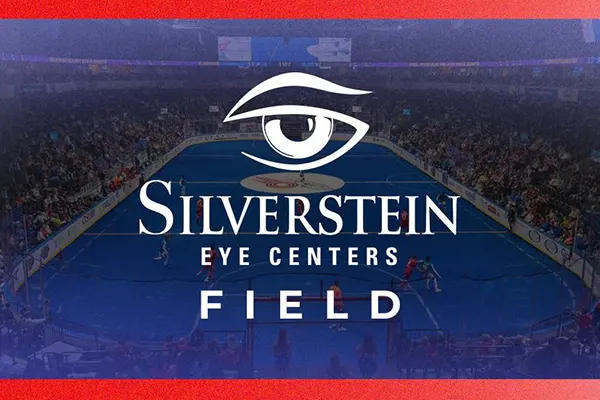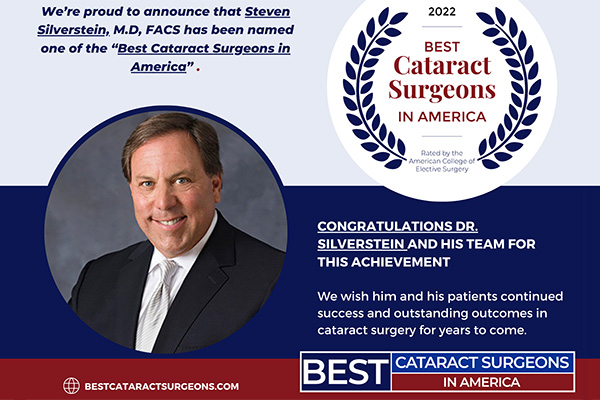Retina, Vitreous, and Macula
Diseases of the Retina, Vitreous, and Macula
Our staff is dedicated to providing patients with the very best and latest treatment for conditions of the retina, vitreous and macula, including age-related macular degeneration, diabetic retinopathy, retinal vein and artery occlusions, retinal tears and detachments, macular hole surgery, macular pucker, and flashes and floaters.
Age-Related Macular Degeneration (AMD)
Age-related macular degeneration (AMD) is a chronic condition which causes central vision loss. It affects millions of Americans. It is a leading cause of blindness in people 60 and older. The older you are, the greater your chance of being affected. Early detection is key to avoiding vision loss.
Diabetic Retinopathy
Diabetic Retinopathy, a retina condition caused by diabetes, is a leading cause of blindness in middle-aged adults. New methods of treatment in recent years have decreased blindness among diabetics and have increased the possibility of retaining useful vision.
Retinal Tears and Detachment
The retina is the thin layer of tissue lining the inside of the eye and sending messages to the brain through the optic nerve. Retinal tears and detachment occur when the retina is lifted or pulled from its normal position. A retinal detachment can cause permanent vision loss if not treated promptly.
Retinal Vein Occlusions (RVO)
Retinal Vein Occlusions is a disease of the retina which affects many adults in the US, especially those with high blood pressure and cardiovascular disease. Retinal veins are an important part of your eye’s circulation. They move blood out of your eye and towards your heart.
An RVO is a blockage of one of these veins that can lead to swelling of the macula, the part of your eye responsible for central vision and fine detail. The swelling can cause blurry or distorted vision. In some cases, RVO can cause permanent vision loss.
Ellex Laser Technology
Innovative Ellex Laser Technology is the first laser specially designed to break up large, annoying floaters. It is a painless procedure which takes five minutes to perform. Patient satisfaction with this procedure has been tremendous.


